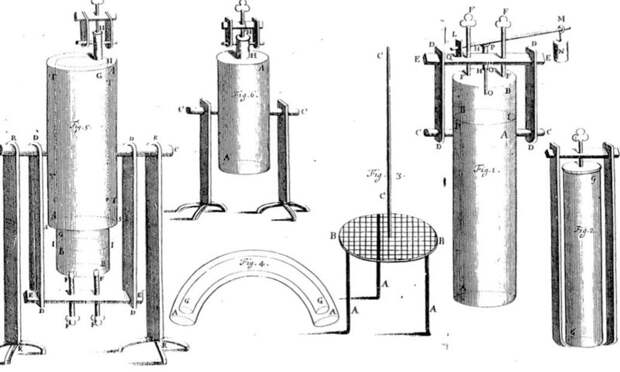Author: Daniel Crown / Source: Atlas Obscura

From a strictly culinary perspective, food historians will likely remember 2017 as the year of the Instant Pot. The device started the year as a hip-but-obscure cousin to the Crock-Pot and ended it as the central relic in a home-cooking cult. Buoyed by its emergence as the star item of last year’s Prime Day sale, the device also conquered 2017’s Black Friday bonanza. According to the NPD Group, sales for multi-cookers rose 79 percent by the end of December 2017, exceeding $300 million.
For chefs and other experienced cooks, the Instant Pot’s meteoric rise was welcome, if not humorous. While new converts marveled at what emerged from their gadget, veterans saw the Instant Pot for what it truly was: an electronic pressure cooker—a small but notable improvement over a stovetop technology that’s had a place in restaurants and kitchens since the early 20th century.
As food journalist Nick Kindelsperger put it in the Chicago Tribune: “The greatest trick the Instant Pot played on people was convincing them that they were trying something new. Pressure cookers, slow cookers, rice cookers, steamers—these are appliances that have been around for years.”Just how many years it’s been around is surprising. While industrial limitations precluded the mass production of pressure cookers until the early 1930s, the technology itself dates to a late-17th-century device with a name fit for an early Metallica record: The Digester of Bones.
Invented by the Frenchman Denis Papin in 1679, the Digester resulted from landmark experiments involving the utility and power of steam. The ramifications transcended the kitchen: Working with the same basic science that underpins the Instant Pot, Papin’s first pressure cooker also played a significant role in the development of the steam engine—a world-changing device that launched the Industrial Revolution. How this happened is a story of innovation, collaboration, and Papin’s long-forgotten legacy.
Little is known of Papin’s childhood. Born on August 22, 1647, in Blois, France, he studied medicine at the University of Angers between 1661 and 1662, and likely earned his doctorate at the same institution in 1669. He moved to Paris soon after, where he met and befriended Christiaan Huygens, the famous Dutch polymath. Throughout the early 1670s, the pair conducted experiments on an air pump. After publishing the results of these tests in 1674, Papin moved on to England, where he launched a similar project with the chemist Robert Boyle at the Royal Society of London.

During this period, Papin started work on his first pressure cooker. Inspired by his vacuum-based experiments with Huygens, he began to measure and harness the power of compressed steam. By 1678, he’d realized this science’s potential culinary application, a direction that initially embarrassed him. In the preface to his first book on the subject, A new Digester or Engine for softening Bones (1681), Papin all but apologized for his pursuit before making an impassioned argument for its necessity. “Cookery is such an ancient Art,” he wrote, “The use thereof is so general and so frequent, and people have been so earnest upon the improving of it, that it seems if any could be brought to perfection, this should be it.”
By 1679, Papin had completed a working model, which he referred to as “the bone digester”—so named because it not only cooked food, but also softened bones for the production of fertilizer. According to David Wootton, author of The Invention of Science: A New History of the Scientific Revolution, the Digester was nothing short of a revelation. A breakthrough in steam technology, it relied on simple but impactful science. “Making the Digester involved understanding that pressure relates to the temperature at which things boil,” he says. “And when things boil, the result is pressure from steam. You’ve got a double process when you put something in…
The post The Instant Pot of the 1600s Was Known as ‘the Digester of Bones’ appeared first on FeedBox.